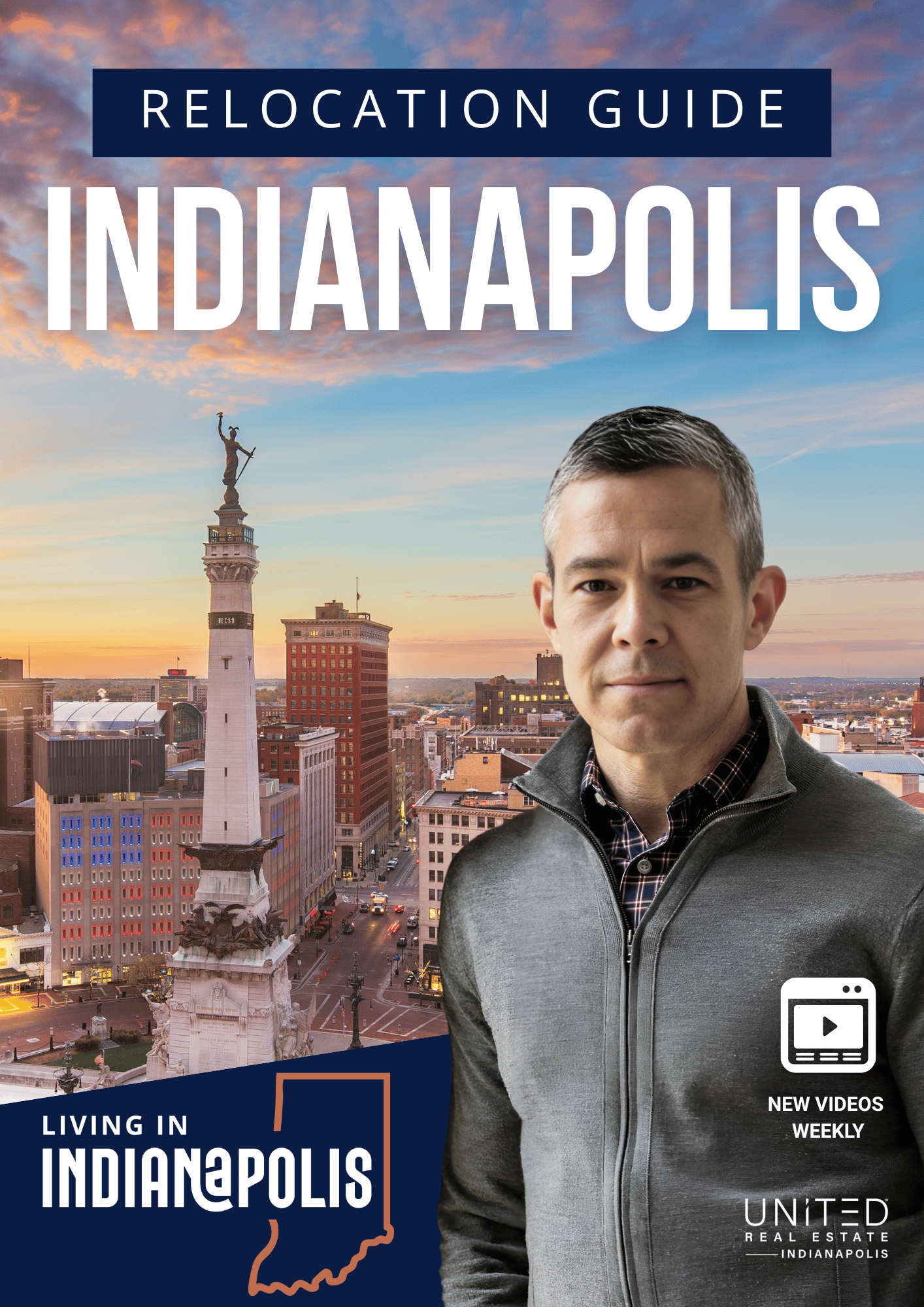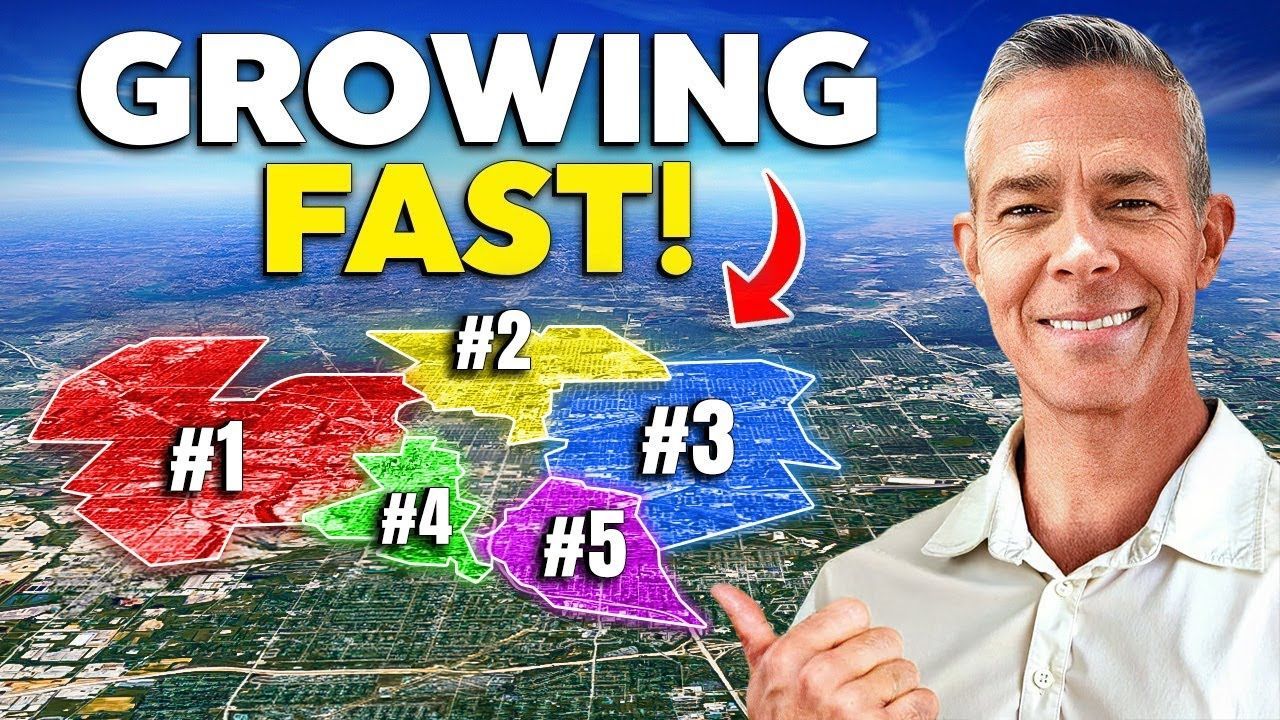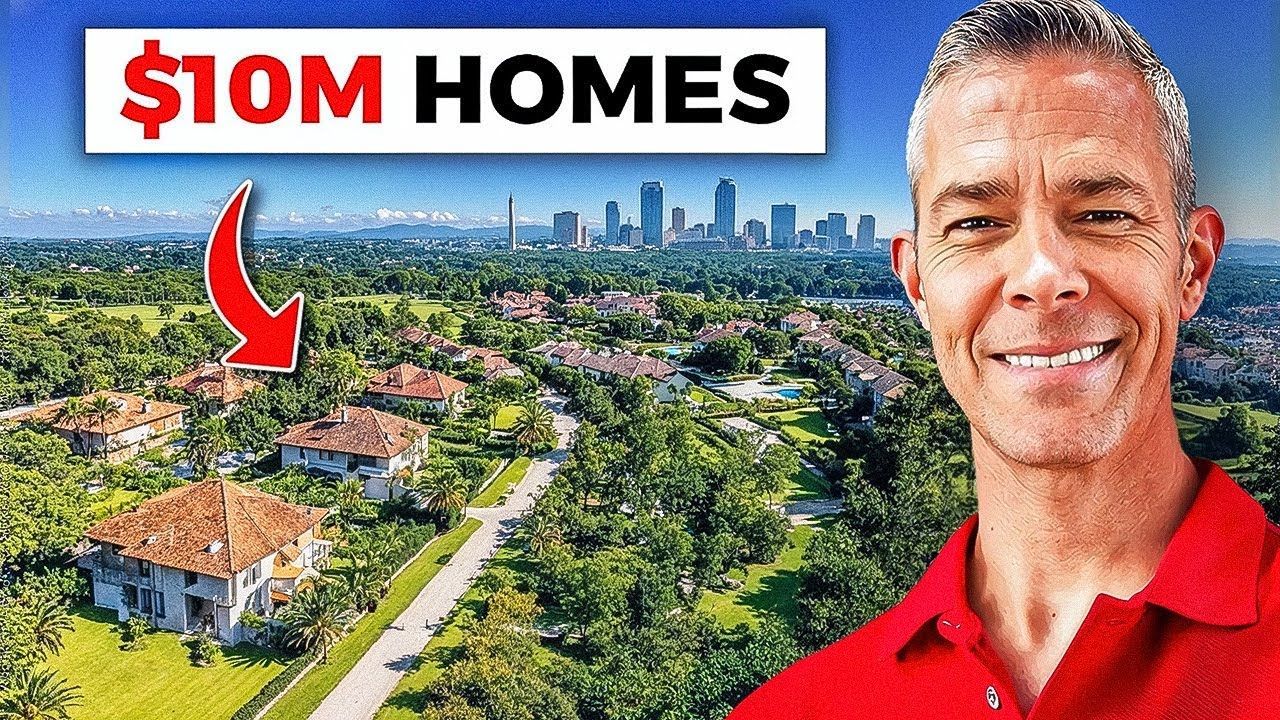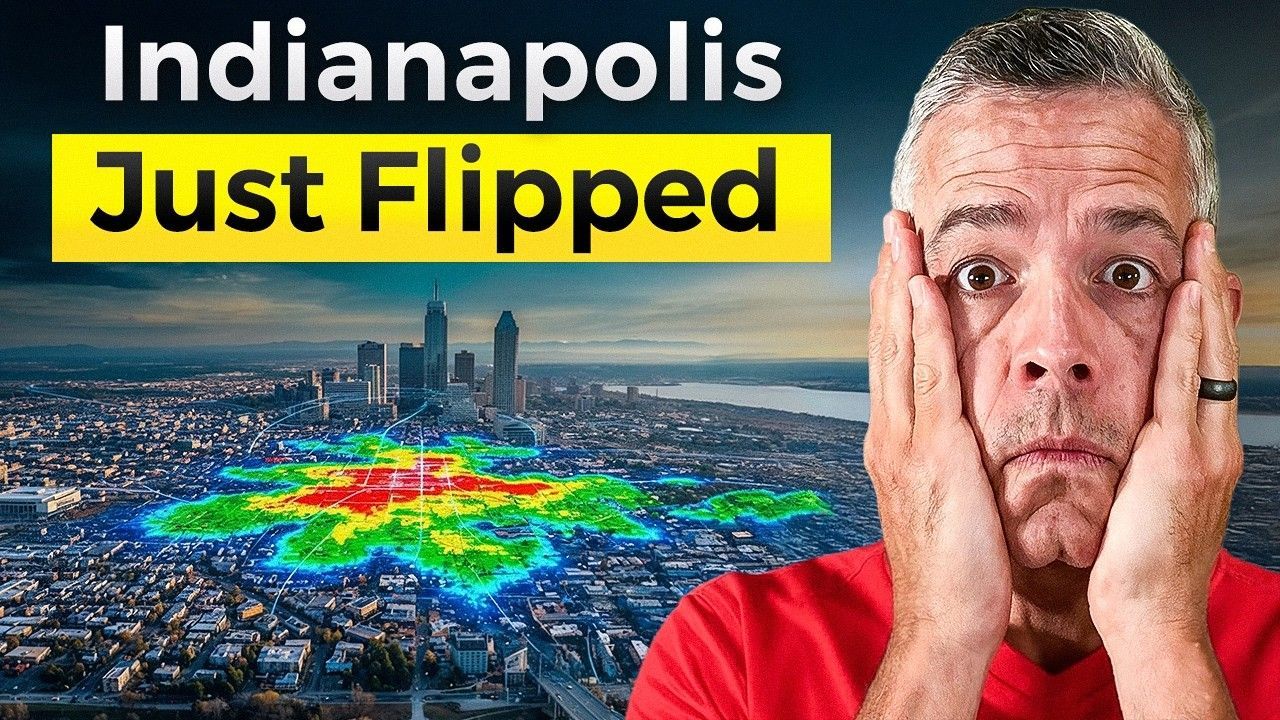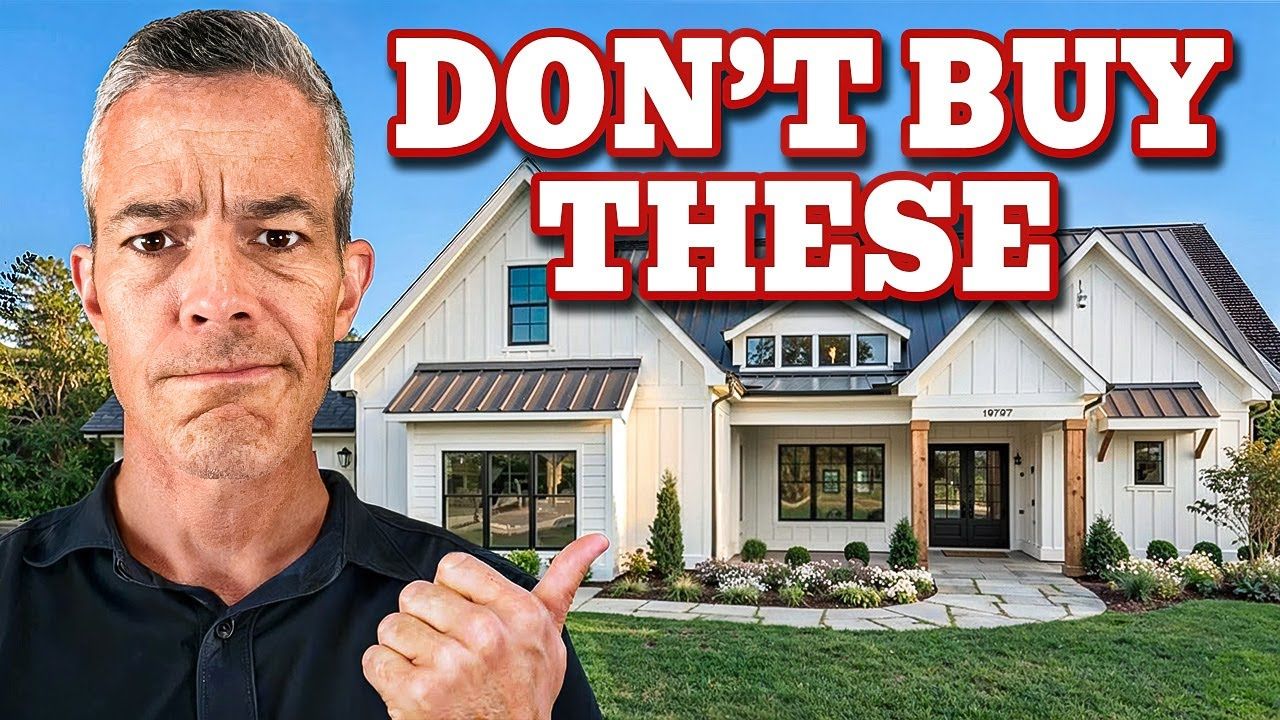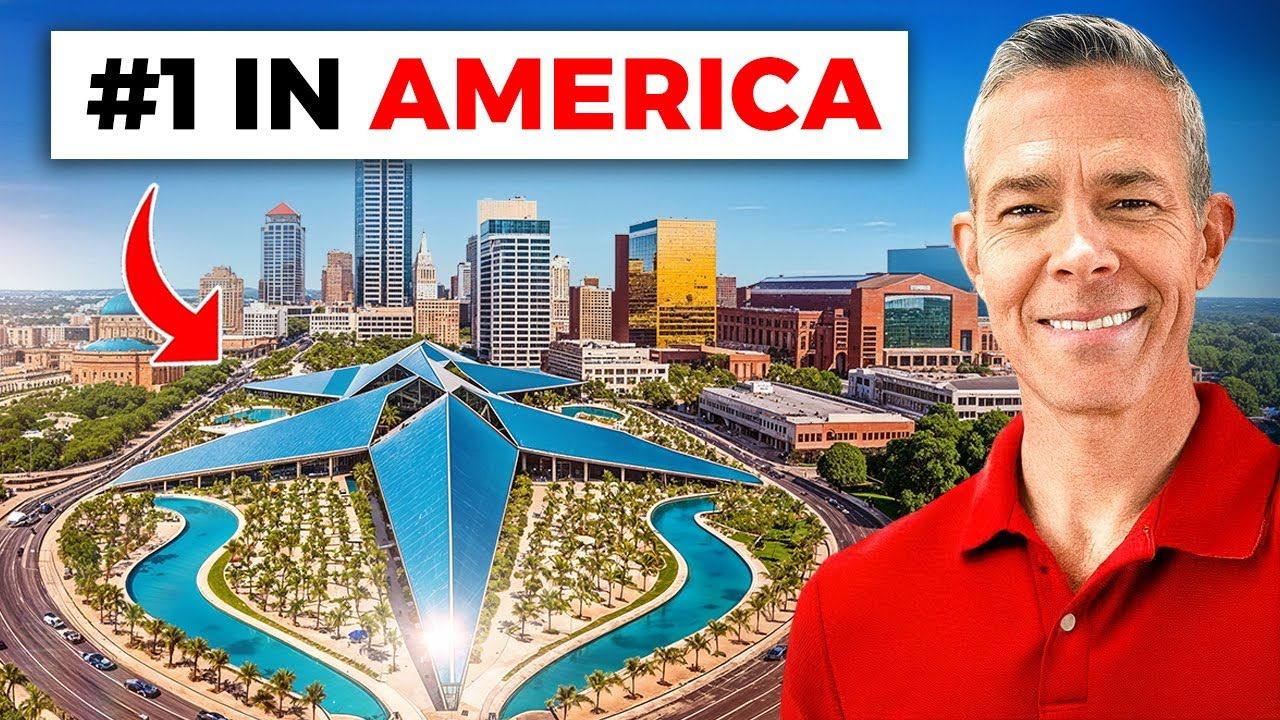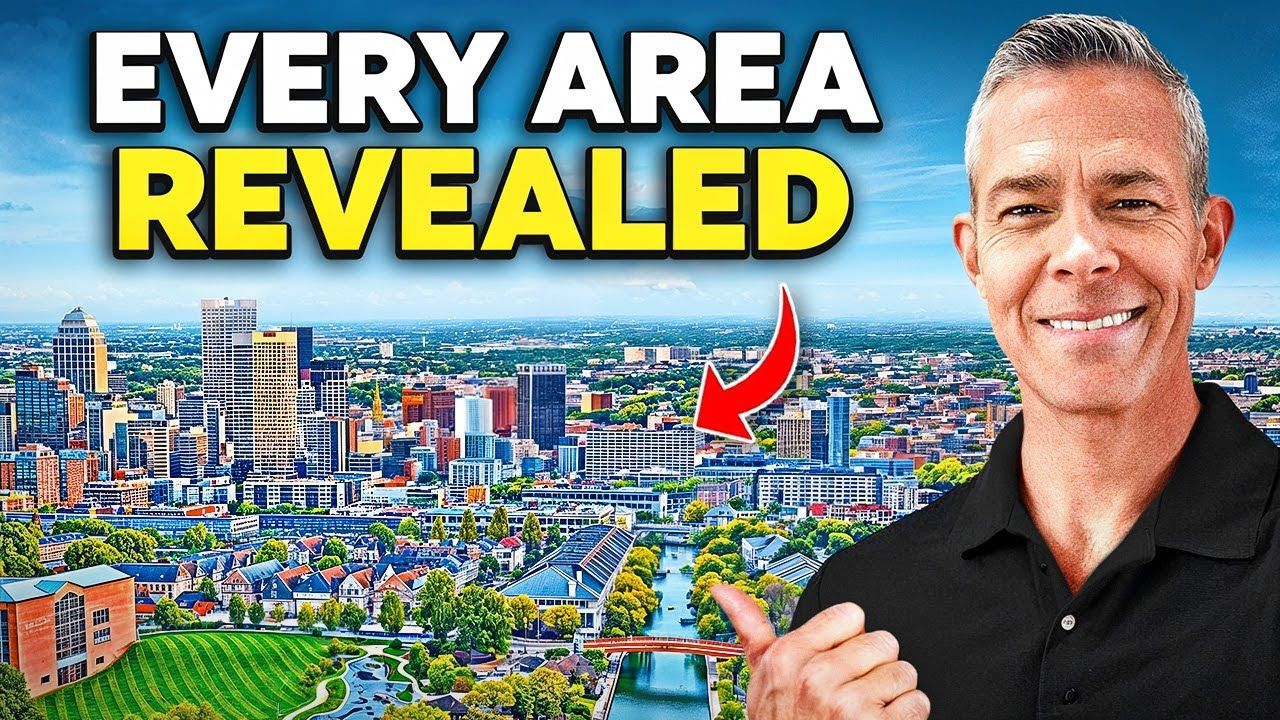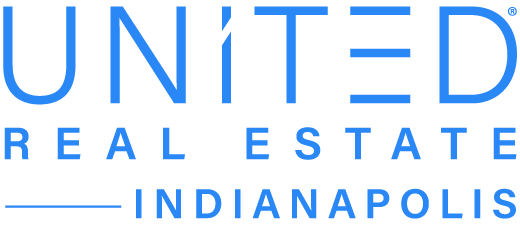Where to Live If You’re Moving to Indianapolis in 2025
Hi — I’m Jason Compton from the Living In Indianapolis channel, and over the years I’ve helped hundreds of families with relocating. If you’re considering moving to Indianapolis, this guide walks you through practical choices I’d make based on the stage of life I’m in, what I learned from my own move, and the questions families, retirees, and young professionals ask me most. Whether you’re moving to Indianapolis from out of state or just thinking of changing neighborhoods within the metro, I’ll share where I live now, where I’d choose for a young family, what neighborhoods are best for empty nesters, and the city spots I’d pick if I were in my 20s again.
Table of Contents
- How to Decide Where to Live When Moving to Indianapolis, IN
- Where I Live Now — Why Greenfield, IN Works for My Family
- Best Places for a Young Family Moving to Indianapolis, IN
- Empty Nesters & Retirees: Low Maintenance Options When Moving to Indianapolis, IN
- Where Young Professionals Live in Indianapolis, IN
- Old North Side & Zionsville — Charismatic Indianapolis' Neighborhoods I’d Love to Try
- How to Narrow Down Your Neighborhood When Moving to Indianapolis, IN
- What You’ll Gain (and Lose) Living in Indianapolis, IN
- Should You Move to Indianapolis, IN?
- Frequently Asked Questions About Moving to Indianapolis, IN
- Need Help Planning Your Move to Indianapolis, IN?
How to Decide Where to Live When Moving to Indianapolis, IN
First, a quick principle: I don’t rely on rankings or Reddit threads alone. When moving to Indianapolis, focus on three things:
- What lifestyle do you want? Urban energy, suburban family life, or quiet small-town living?
- What stage of life are you in? Young professional, young family, empty nester, or retiree?
- What are your practical must-haves? Commute time, schools, healthcare, walkability, yard size, or maintenance level?
Those three guideposts will narrow neighborhoods fast. Two people can both be moving to Indianapolis and have totally different “best” options because their lifestyles and priorities differ.
Where I Live Now — Why Greenfield, IN Works for My Family
My wife, kids, and I live in Greenfield, Indiana — a city of about 25,000 just east of Indianapolis that actually shares a border with the city. We lived in Fishers for 11 years before moving to Greenfield to be closer to my wife’s job.
Why Greenfield? The short commute was a game-changer: my wife is nine minutes from work now, which matters when you have young kids and want to be home earlier. We also enjoy more yard and space for less money than when we lived in Fishers, and the schools are smaller — which for our kids has been a positive. We also find ourselves bumping into people we know around town, which gives a real neighborhood feel.
Pros of Greenfield when moving to Indianapolis:
- More house and yard for the money compared to many suburbs.
- Short, easy access to downtown Indianapolis for games, dining, and events (often under 30 minutes).
- Strong sense of community and smaller schools.
- Relatively affordable compared to Carmel, Zionsville, or central Fishers.
Trade-offs to be aware of:
- It’s on the growth corridor east of Indy — that semi-rural buffer is filling in.
- It’s more of a food desert than inner suburbs; you’ll drive to nearby hubs for the best restaurants.
- Less nightlife and fewer specialty shops compared to the more central neighborhoods.
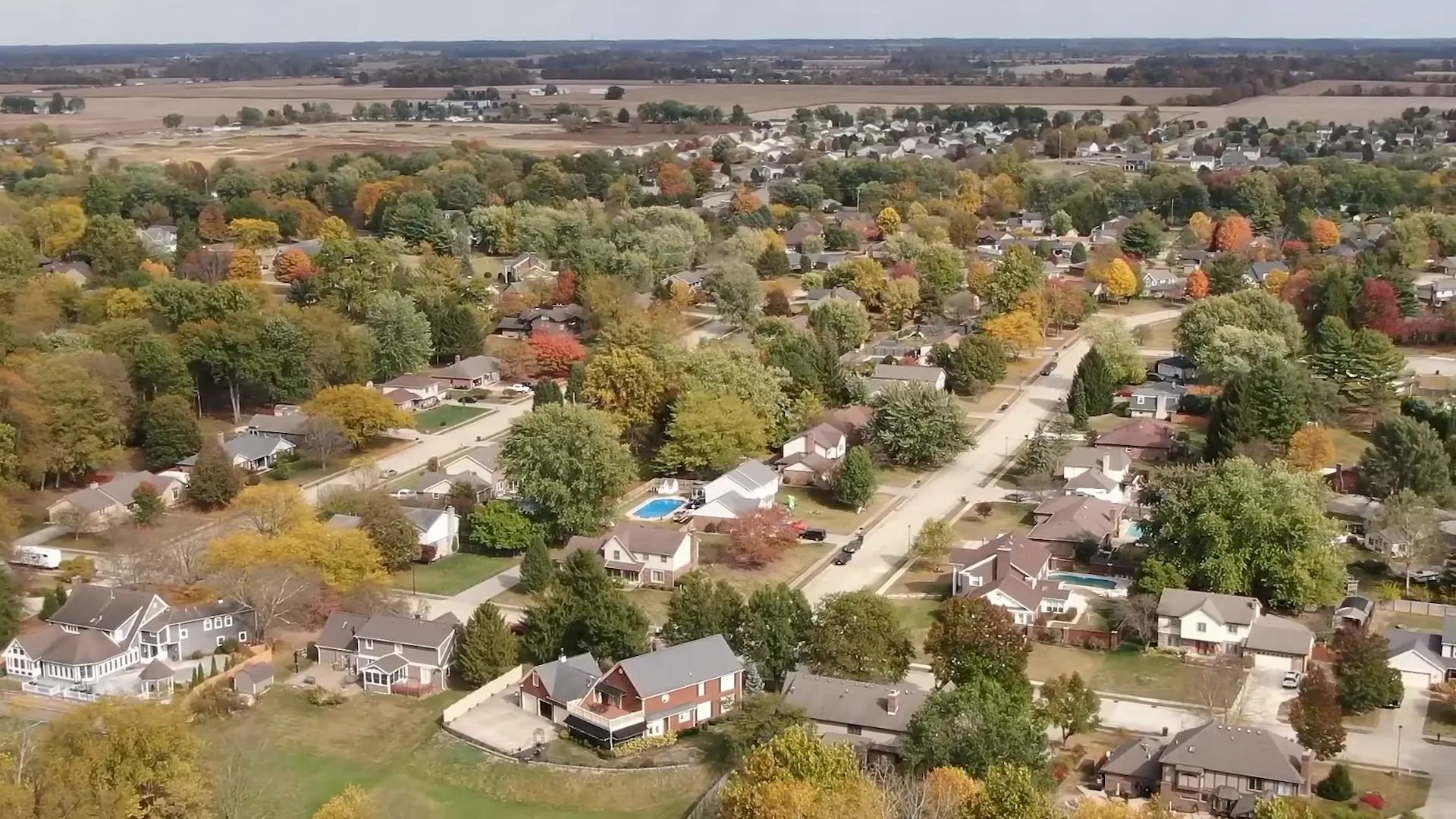
Tip: Don’t assume more space means fewer compromises
When moving to Indianapolis and chasing space, recognize you’ll trade some convenience and variety of dining/entertainment. For our family, eating at home more often has been a bonus — but if you want a dense restaurant scene nearby, pick a different suburb or a city neighborhood.
Best Places for a Young Family Moving to Indianapolis, IN
If I were starting fresh with young kids and no ties to the city, I’d seriously consider three places: Fishers, Plainfield, and downtown Noblesville. All three are remarkably family-friendly, safe, and offer lots of housing options.
Why those towns?
- Safety: They’re consistently very safe communities — a top priority for most families.
- Family Infrastructure: Youth sports, community events, parks, and festivals are plentiful.
- Housing Options: From new construction to older established home neighborhoods, you’ll find varieties that fit different budgets.
- Value: Your dollar tends to go further here than in Carmel or Zionsville when comparing square footage and lot size.
Fishers
Fishers is the largest of these choices (100,000+ people) and has a lively downtown district — the Nickel Plate District — an outdoor amphitheater, a farmers market, and a restaurant cluster known as The Yard at Fishers District. It’s got a strong community feel with lots of family programming.
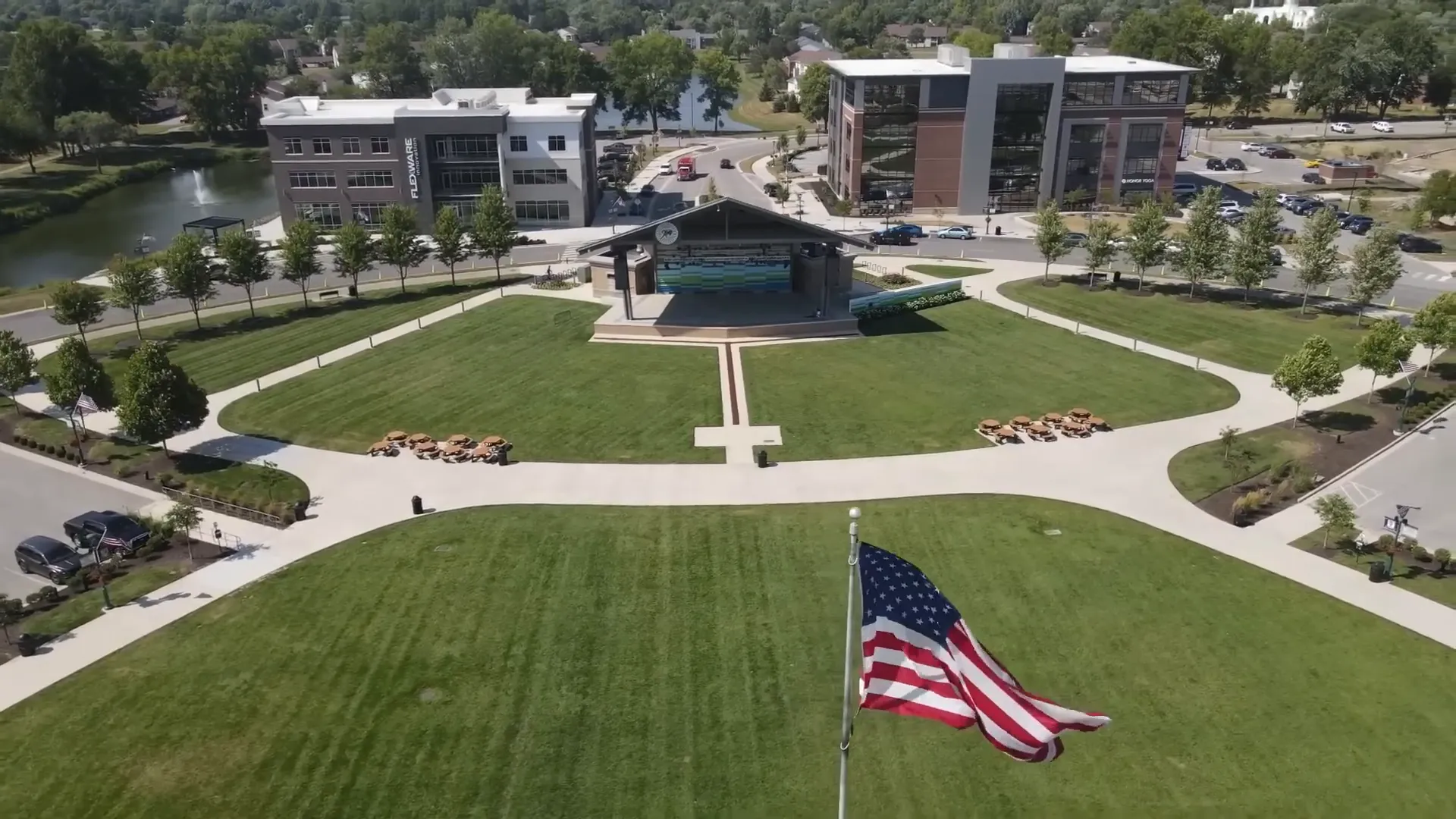
Plainfield
Plainfield sits on the southwest side of the metro. It’s an excellent pick if you work or want to be close to the southwest side of Indianapolis. Plainfield often offers slightly better affordability and has a solid trail and park system.
Noblesville
Noblesville surprised me: it flies under the radar for many people, yet it’s big (around 80,000 with the metro), clean, and offers a charming downtown square, Ruoff Music Center for concerts, and lots of parks and water recreation at Morse Reservoir. It’s hard to find a bad block here, and you won’t feel isolated.
Empty Nesters & Retirees: Low Maintenance Options When Moving to Indianapolis, IN
When the kids are grown and you want less yard work or a lifestyle that’s easier to maintain, consider Carmel, Westfield (55+ communities), or Meridian-Kessler in the city. Each gives a different vibe but common benefits: access to healthcare, community, and lifestyle amenities.
Carmel — Walkable, Vibrant, and Well-Designed
Carmel’s downtown core is exceptionally walkable and clean. If you want a condo or a smaller place with little upkeep, Carmel is hard to beat. It does come at a price, especially in the downtown core, but it’s an easy choice for a low-maintenance lifestyle close to shops, dining, and arts.
55+ Communities — Westfield and Beyond
If you want a single-family home with exterior maintenance taken care of, look at the expanding 55+ neighborhoods across the metro. Westfield’s Osborne Trails and many similar neighborhoods provide attractive, manageable homes, community centers, pools, and organized activities — a built-in social network. Rule note: these communities typically require at least one occupant to be 55+, but other household members can be younger.
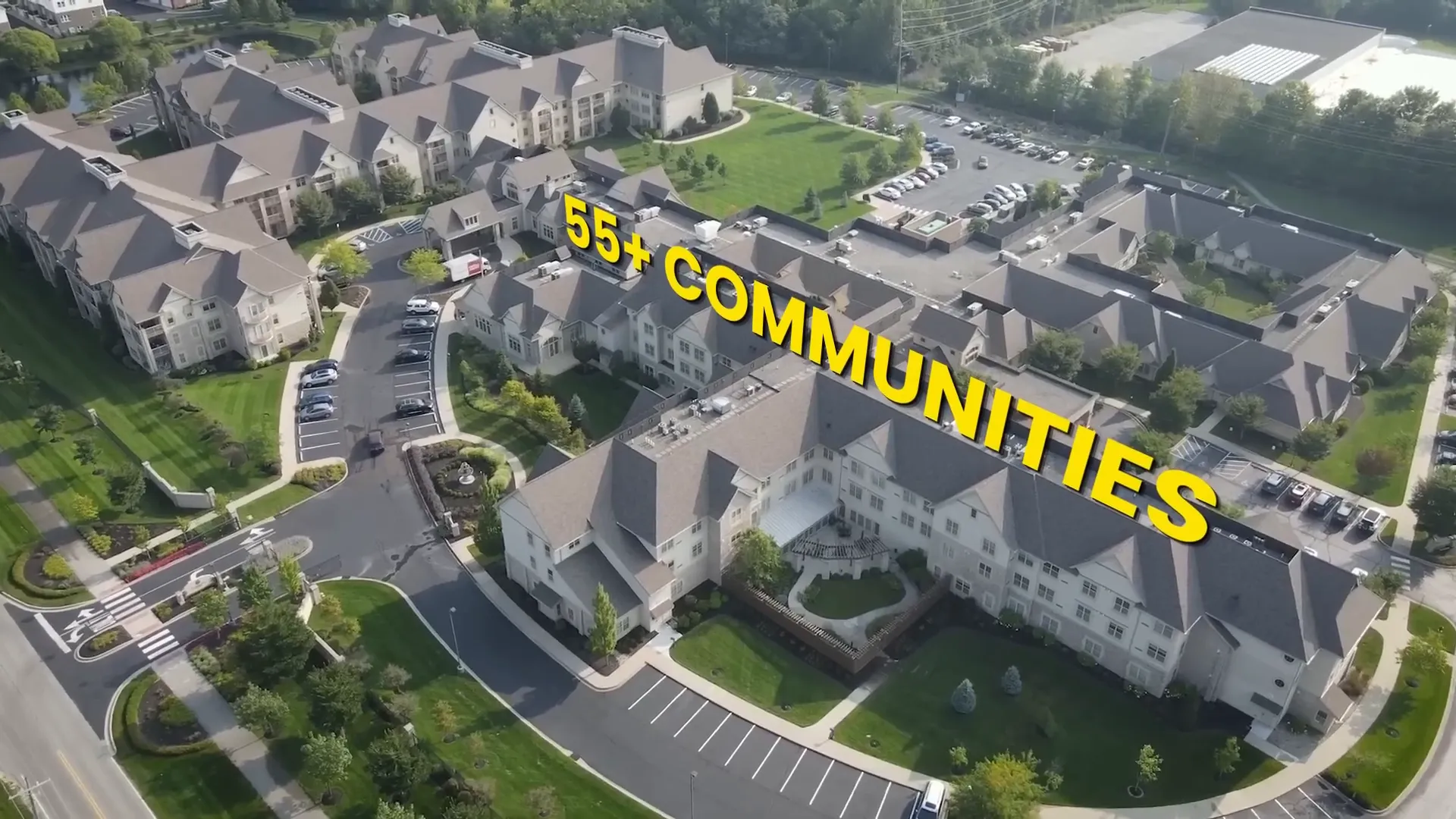
Meridian-Kessler — City Living with Character
Meridian-Kessler (M-K) is an Indianapolis neighborhood known for unique and sizeable historic homes. If you like being in the city close to downtown but still want a distinctive house to tinker with, M-K hits that sweet spot. People who still want small renovation projects and an urban vibe often love this area.
Healthcare access is plentiful across these neighborhoods: Indianapolis supports multiple large hospital systems and smaller regional providers. Whether you need a PCP, a specialist, or dental/optometry care, you’ll have options nearby.
Where Young Professionals Live in Indianapolis, IN
If I were in my early 20s (single or married without kids), I’d focus on Mass Ave (Massachusetts Avenue) and Fountain Square. These areas offer walkability, culture, nightlife, and proximity to downtown Indianapolis — perfect for a young professional lifestyle.
Mass Ave — Theater, Restaurants, and Modern Energy
Mass Ave has some of the best restaurants, theaters, and contemporary cultural spots in the city. Condos and townhomes are common here, especially in repurposed industrial buildings (like the old silk/parachute factory condos). Expect tighter living spaces, higher per-square-foot costs, and HOA fees, but an unbeatable walkable lifestyle.
Fountain Square — Hip, Creative, and a Little Gritty
Fountain Square has a less slick, more eclectic vibe than Mass Ave — think hipster, creative, and relaxed. You’ll find live music venues, local bars, and unique restaurants. There are more single-family options a few blocks out from the core, and you can still be within biking distance to the heart of the action. The Cultural Trail runs close by, making bike/scooter commuting easy.
Old North Side & Zionsville — Charismatic Neighborhoods I’d Love to Try
I’d also love spending time in the Old North Side and Old Downtown Zionsville. Both are mature, tree-lined neighborhoods with historic charm and unique houses. Each feels different: Old North Side is more urban and lively; Zionsville is quaint and quieter.
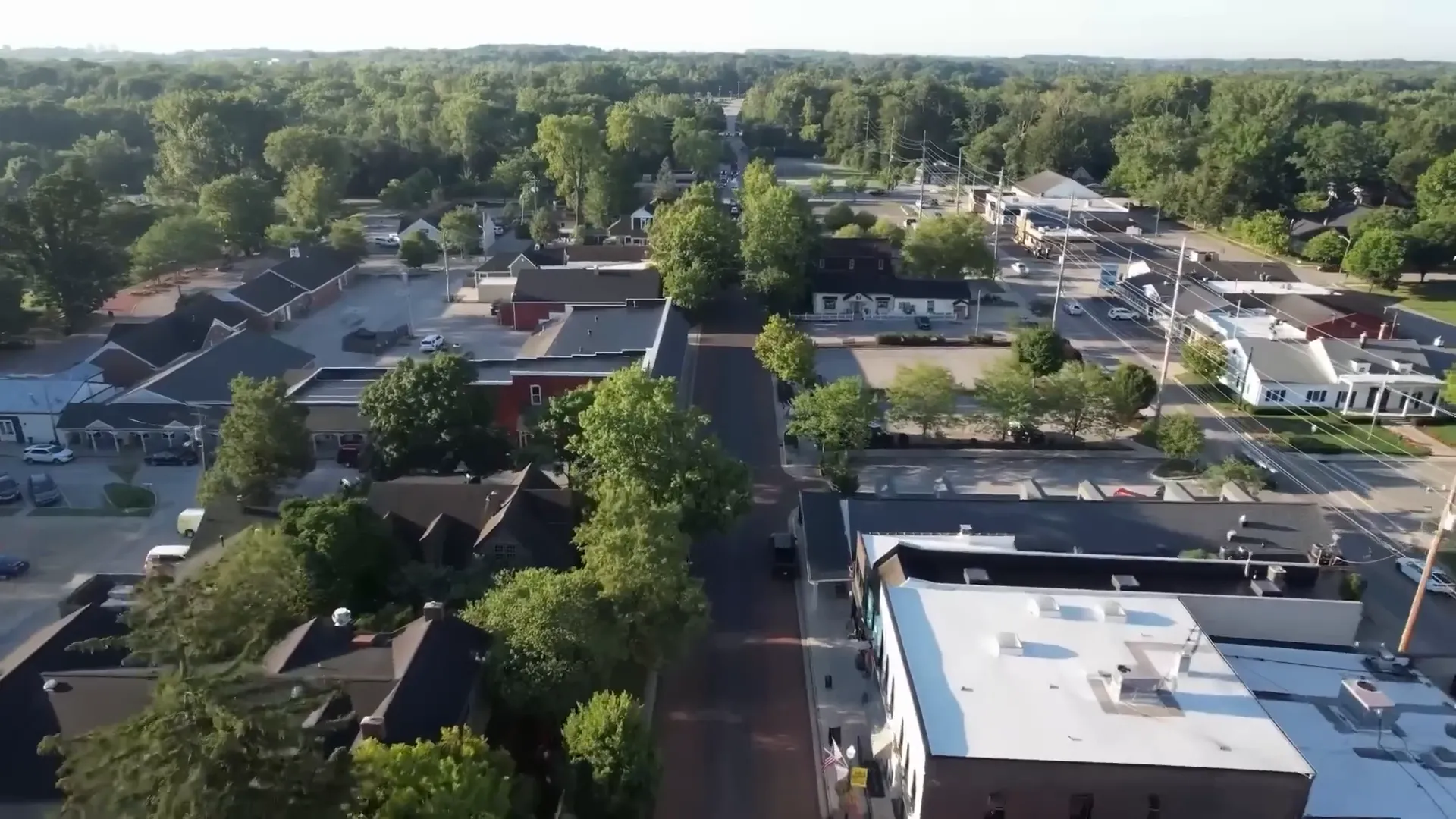
If you want character, big trees, renovation opportunities, and easy access to downtown Indianapolis, the Old North Side delivers. If you want all of that but prefer a smaller town feel with boutique shops and a slower pace, Zionsville may be your match.
How to Narrow Down Your Neighborhood When Moving to Indianapolis
Here’s a practical checklist I use with clients who are moving to Indianapolis:
- List your non-negotiables: commute time, school ratings, healthcare proximity, walkability, yard size, or no-maintenance lifestyle.
- Decide your top two lifestyle drivers: culture/food scenes, outdoor access (trails/reservoirs), or community programming (parks/rec centers).
- Visit during a weekday and a weekend to gauge traffic, activity, and noise.
- Use an exploration app (local apps exist to compare suburbs) or work with a local realtor to tour neighborhoods that match your checklist.
- Prioritize trade-offs; no place is perfect, but the right match will excite you most days.
Relocation Resource
We’ve put together a 38-page relocation guide that breaks down the Indianapolis metro and surrounding towns — schools, parks, commute pockets, and more. If you’re moving to Indianapolis, a local guide like that can speed up your decision-making and highlight places you might not have considered.
What You’ll Gain (and Lose) Living in Indianapolis, IN
Every choice comes with trade-offs. Here are the usual ones I discuss when people are moving to Indianapolis:
- Space vs. Commute: More yard and lower price often means a longer commute into downtown.
- Walkability vs. Cost: Walkable neighborhoods (Mass Ave, Carmel downtown) cost more per square foot.
- Maintenance vs. Privacy: 55+ or condo living means less maintenance but less private yard space.
- Food Scene vs. Quiet: Dense restaurant scenes are fun but can be noisier and more expensive.
Should You Move to Indianapolis, IN?
When moving to Indianapolis, don’t make the mistake of choosing purely based on a ranking or online thread. Match neighborhood character to your lifestyle and stage of life. If you want peace, get space; if you want culture, accept tighter quarters; if you want low maintenance, consider a community designed for that purpose. There are great options all across the metro — the key is knowing what you want to prioritize.
VIEW HOMES FOR SALE ACROSS GREATER INDIANAPOLIS
Frequently Asked Questions About Moving to Indianapolis, IN
What are the best Indianapolis suburbs for families?
Fishers, Carmel, Noblesville, and Plainfield are consistently popular for families due to safety, parks, and school systems. Greenfield is a strong value play for families wanting more space and a smaller-town feel while still being near Indy.
Where should retirees look when moving to Indianapolis?
Carmel for a walkable downtown; Westfield and similar 55+ communities for low-maintenance single-family homes; Meridian-Kessler if you want city proximity with older-home character.
Is it expensive to live close to downtown Indianapolis?
Yes — downtown and nearby neighborhoods (Mass Ave, Fountain Square, Meridian-Kessler) are pricier per square foot than many suburbs. If you prioritize walkability and nightlife, budget accordingly.
How do I compare neighborhoods when moving to Indianapolis?
Use an exploration tool or app, visit neighborhoods at different times, and make a checklist of your non-negotiables. Working with a local realtor who specializes in relocation can save a lot of time.
Are there good healthcare options across the metro?
Absolutely. Indianapolis has several major hospital systems and numerous clinics. Most suburbs are close to multiple healthcare options, so access is generally excellent.
What about HOA fees and condo living?
Condos and townhomes (common in Mass Ave and some central neighborhoods) often have HOA fees that cover maintenance and amenities. Consider those fees when comparing monthly cost to a single-family home.
What else should I know when moving to Indianapolis?
Expect trade-offs. No place is perfect. Think about your priorities — school ratings, commute tolerance, maintenance preferences, and lifestyle — and choose the area that aligns most days with how you want to live.
Need Help Planning Your Move to Indianapolis, IN??
If you’re moving to Indianapolis and want help matching your lifestyle to the right neighborhood, reach out. I’ve guided hundreds of families through exactly this decision — from the first neighborhood tour to finding a school that fits and negotiating offers. Tell me your top priorities and I’ll show you the neighborhoods that best match!
Safe moving, and I hope to see you enjoying a neighborhood that fits your life here in the Indianapolis metro!
Read More: What To Know Before Moving To Indianapolis, NEW & Coming SOON Developments to Indianapolis in 2025
jason compton
A former teacher turned full-time real estate agent serving Greater Indianapolis. I help buyers, sellers, and relocation clients make informed moves—especially those coming from out of state. From neighborhood insights to home tours, my goal is to simplify the process and help you feel confident in every step.
Stay Informed
Insights, Tips & Life in Indianapolis
Your go-to resource for all things real estate and Indy living. Whether you're buying, selling, relocating, or just curious about the local market, our blog is packed with helpful articles, expert advice, and community highlights to keep you informed and inspired.
